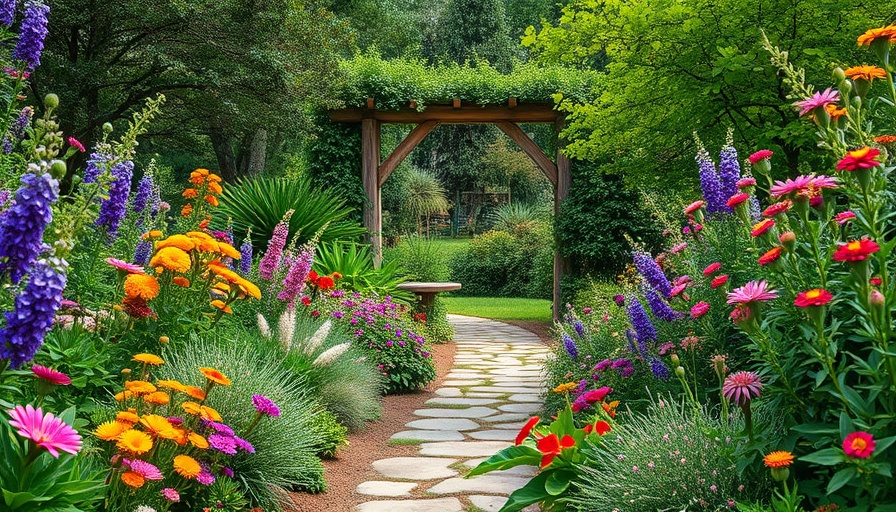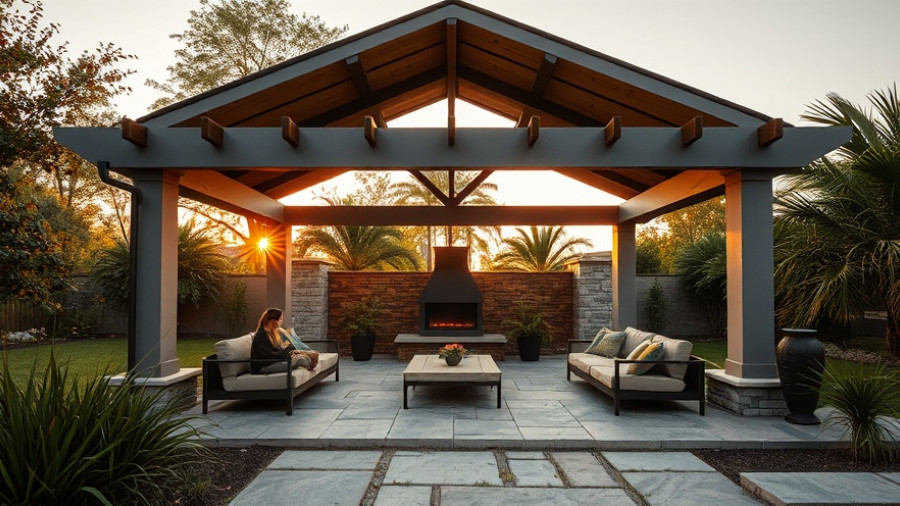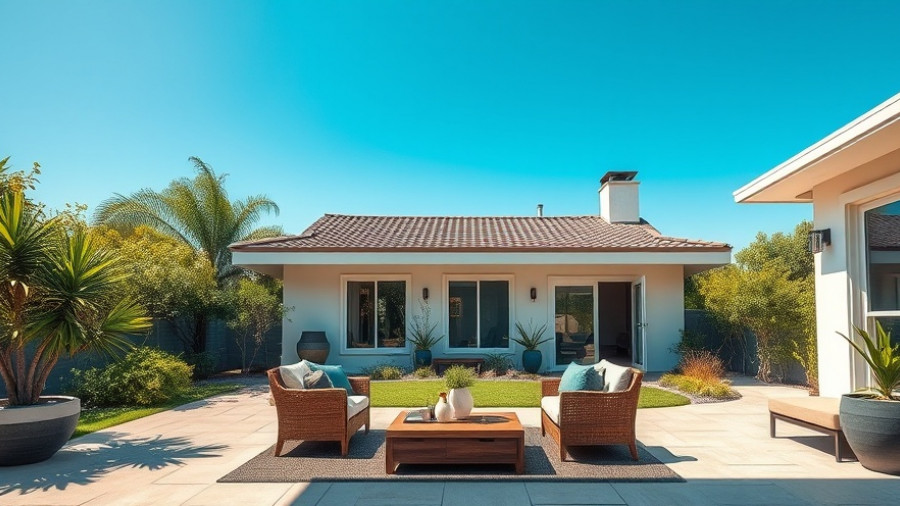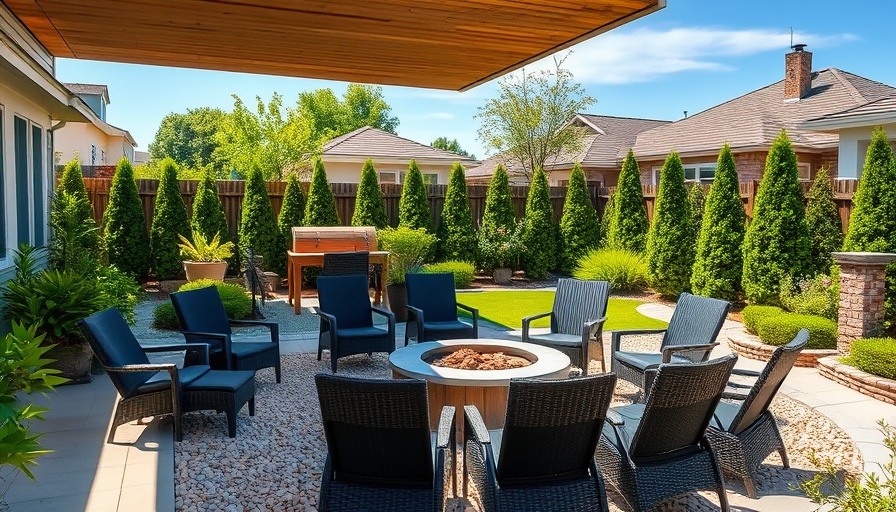
Explore the Latest Green Innovations: Garden Trends Unveiled at Chelsea
The RHS Chelsea Flower Show, hosted in London from May 20 to 24, 2025, boasted an array of remarkable garden trends that promise to reshape outdoor spaces worldwide. From the integration of artificial intelligence to the gentler hand of eco-friendliness, this year's event demonstrated a commitment to merging nature with technology, setting the stage for what home gardens can achieve in the future.
1. Embracing Green Technology in Gardening
Among the most talked-about innovations was the Avanade Intelligent Garden, a project by designers Tom Massey and Je Ahn. This urban forest garden showcases how artificial intelligence can support urban trees. With discreet sensors monitoring crucial parameters like sap flow, soil conditions, and air quality, AI tools can analyze data to design optimal conditions for tree growth. The implications of this technology extend beyond aesthetics; it enables urban gardening with a smart twist, making it imperative for modern California homes adapting to technological advances in eco-friendliness.
2. Bird-Friendly Gardening: A Step Towards Biodiversity
Wildlife gardening is driving home the importance of creating environments that invite local wildlife. The Spring 2025 Chelsea Flower Show presented several designs that integrated natural habitats for birds, promoting biodiversity in gardens. Designers emphasized using native plants that support local species, such as bees and birds. This eco-friendly gardening approach resonates with homeowners in California, seeking not just beauty but responsibility towards nature.
3. The Rise of Edible Landscapes
Another emerging trend is the focus on edible gardening. More homeowners are striving to grow their fruits and vegetables, promoting food security and sustainability. Garden designers showcased vertical gardens and edible landscapes that can be seamlessly integrated into limited outdoor spaces, making it ideal for urban dwellers in cities like Los Angeles and San Francisco.
4. Coastal Gardens Inspire Relaxation
Inspired by California’s stunning coastlines, designers embraced coastal themes in garden aesthetics, featuring drought-resistant plants that thrive in sandy soils. This trend encourages a tranquil space, combining native Californian plants with coastal decor elements to create serene backdrops perfect for relaxation.
5. Dog-Friendly Gardening: Tailoring Spaces for Pets
With pet ownership on the rise, creating dog-friendly gardens has become increasingly popular. The show featured designs that included safe, pet-friendly plants and spaces dedicated to furry friends. This trend is significant for California homeowners who want their gardens to be welcoming to all family members, pets included.
6. Creating Multi-Functional Outdoor Spaces
As outdoor living gains popularity, many exhibits showcased designs merging dining and leisure areas, emphasizing versatility. Homeowners are transforming backyards into multifunctional havens that cater to entertainment, relaxation, and gardening—essential hints for anyone thinking of remodeling their outdoor spaces.
7. Sustainable Water Management
Amidst a growing awareness of drought conditions, the show highlighted sustainable water management methods. Rain gardens and drought-tolerant landscaping practices were prominently displayed as vital strategies for conserving water while maintaining vibrant gardens. For those in California, these insights directly resonate, providing practical solutions for gardening in a drought-prone landscape.
Conclusion: The Future of Gardening Awaits
As decorators and gardeners alike glean valuable insights from the Chelsea Flower Show’s innovations, embracing these trends marks an exciting leap toward sustainable living. Inspired by what’s possible, California homeowners can take ground examples from these inventive designs and create spaces that not only prosper environmentally but also enhance their quality of life. With a focus on biodiversity, smarter technology, and multifunctionality, the future of gardening appears bright.
 Add Row
Add Row  Add
Add 




Write A Comment